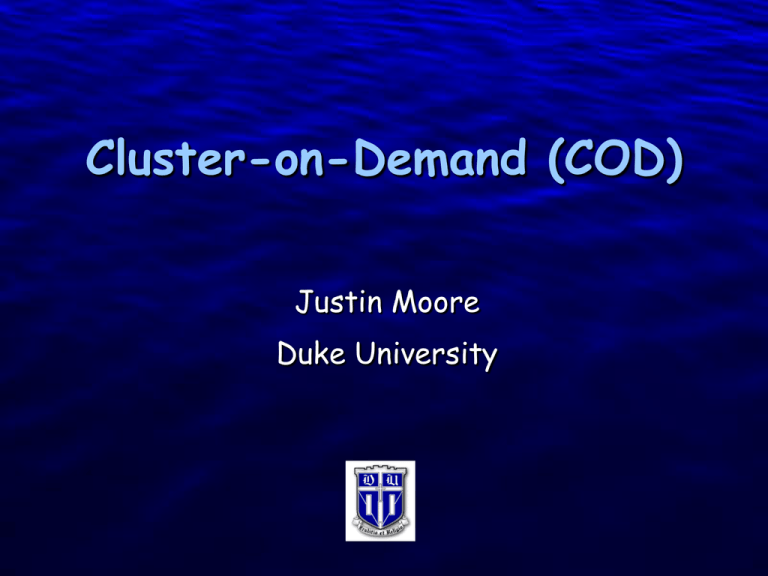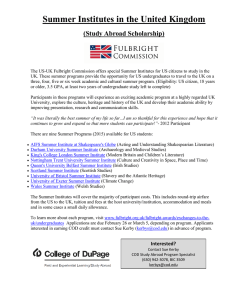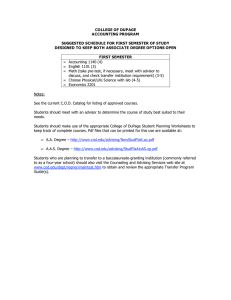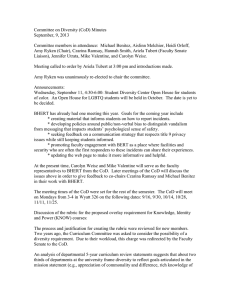Cluster-on-Demand (COD) Justin Moore Duke University Slide 1
advertisement

Slide 1
Cluster-on-Demand (COD)
Justin Moore
Duke University
Slide 2
How Big Is It?
500? 5000? 25,000?
Clusters are growing
Clusters are expensive
– Power, A/C, Management …
How to manage {heat, power, failures}?
How to keep everything organized?
How to divide resources?
Slide 3
How Do You Use It?
We’ve got good middleware
– Batch queues, Internet Services, research apps …
But customers are very picky
– “Linux!” “FreeBSD!” “Windows!” “Minix!” “Minix??”
– “I only need it for 30 minutes!!”
Customers != administrators
– Contributing to the problem, not the solution
How to share and manage our clusters?
“Can’t we all just get along??”
Slide 4
COD: The More the Merrier
Automated framework for resource management
Owners define policies, customers define configs
COD creates, configures dynamic virtual clusters
– Isolated, secure collection of nodes
– Backed by network storage
– Automatic configuration: fast and OS-agnostic
Middleware negotiates allocations with COD
– Virtual Cluster Manager: COD-aware layer
Slide 5
Dynamic Virtual Clusters
Reserve pool
(off-power)
DB
Ninja Virtual
Cluster
COD
Manager
Node
reallocation
Example: CNN on 9/11
SGE Virtual
Cluster
Slide 6
Those Wonderful Toys
Leverage open standards and open source
– DHCP, NFS, NIS, XML
– Only constraint is that Linux must support hardware
– PXELinux-based installer, RHAT/Debian tools
Currently testing working COD prototype
– Core of policy-based scheduling engine: CSP-solver
– Framework of node requests + allocation negotiation
– OS- and filesystem-agnostic installer
– Testbed to examine policies and microbenchmarks
Slide 7
COD: Size Doesn’t Matter
Enable management scalability for hosting centers
– Hierarchical policy-driven mechanisms
– Empower owners and customers
Details and paper at
http://www.cs.duke.edu/~justin/cod/
Slide 8
Questions?


